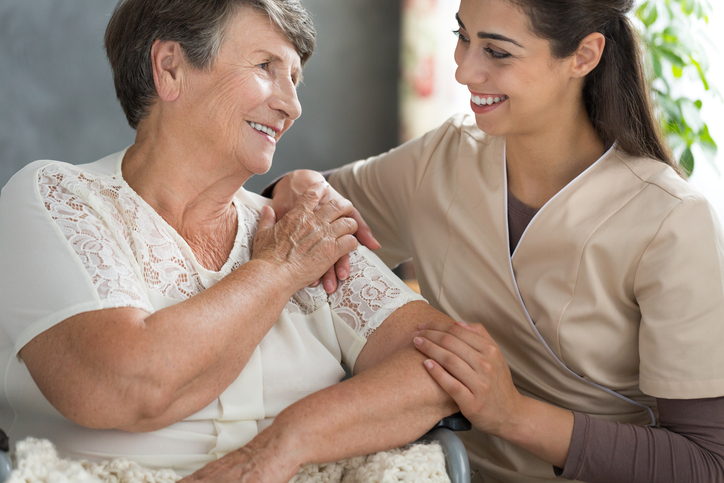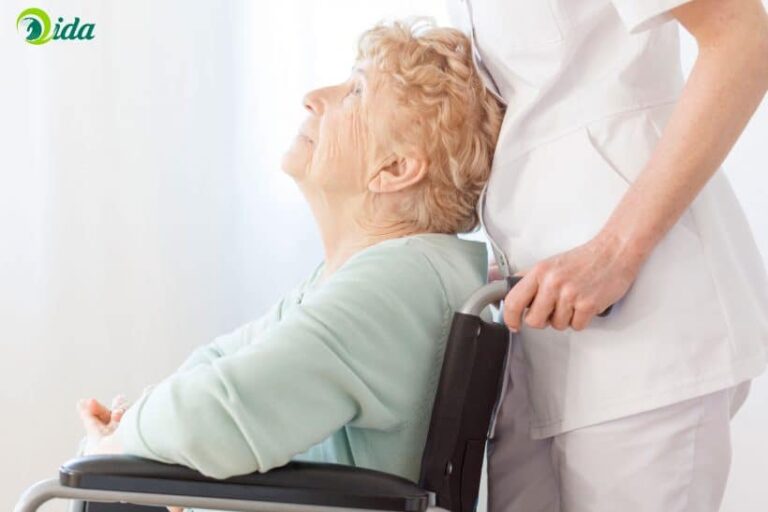falls in older people are a topic of great importance. As we age, our strength and balance can decline, making us more susceptible to falls.
That is why, in this article, we will discuss the causes of these most frequent falls in older people, the signs we should look for, how to prevent them, what to do after a fall and the possible consequences.
Causes of falls in older people
There are several causes that can lead an elderly person to fall. On the one hand, health conditions such as osteoporosis, arthritis, or Parkinson’s can increase the risk of falls in older people due to their impact on mobility and balance. Medications can also cause dizziness or drowsiness, thus contributing to the possibility of a fall.
In addition, obstacles in the home, such as loose rugs or wires on the floor, are a significant risk factor. As we age, our vision and spatial perception can decrease, making it difficult to identify these dangers.
Symptoms that we can detect before a fall in older people
There are several signs that could indicate that an older person is at risk of falling. We might observe a change in gait or balance, a decrease in physical strength, or an increase in insecurity when moving.
Other signs may include lack of coordination, dizziness, or a tendency to grab onto furniture when walking. These symptoms may indicate a higher risk of falls in older people.
How to try to prevent these falls
There are several strategies to prevent falls in older people. Firstly, it is crucial to ensure that the home is free of clutter. Good lighting should also be ensured, as it can help prevent trips and falls.
On the other hand, it is advisable to encourage regular exercise to maintain strength and balance. In this sense, activities like Tai Chi can be very beneficial. In addition, it is essential that the elderly person have a periodic review of their medications to minimize side effects that could contribute to falls.
What to do after a fall in an older adult
After a fall in older people, it is crucial to seek medical attention. Even if the older person appears to be fine, there may be internal injuries. On the other hand, it is important to check the house to identify and eliminate any possible cause of the fall.
What consequences can occur after a fall by an older person
The consequences of a fall in an elderly person can be serious. They can include injuries such as fractures or bruises, which could lead to hospitalization and the need for surgery.
In addition, falls can lead to a fear of falling again, which can lead to a decrease in physical activity and an increased risk of social isolation.
Nursing homes as a solution after the fall of an elderly person
Nursing homes can be a useful option after a fall, especially if the older person lives alone and the risk of another fall is high.
These facilities have trained staff to meet the needs of older people and usually have a safe and adapted environment to minimize the risk of falls in older people. However, it is essential that each case is evaluated individually to ensure that the most appropriate decision is made for each person.
As you see, it is essential to understand the causes of falls in older people and how to prevent them. A fall can have serious consequences, but with appropriate preventative measures, it is possible to minimize the risk and ensure safe and healthy aging.






